
BY DR. RAVINDER PALL SAINI
INDIAN FOREST SERVICE ( RETIRED)
MEMBER, BOARD OF MANAGEMENT
FOREST RESEARCH UNIVERSITY,
DEHRADUN
DEHRADUN, 17 MAY 2023:
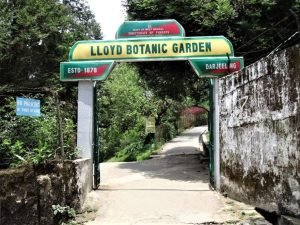
The Lloyd Botanic Garden, Darjeeling spread over 40 acres just below National Highway 55 and approachable by Victoria Road was established in the year 1878 by Dr. T. Anderson, the then Superintendent of the Royal Botanical Garden on blueprints laid by Sir George King in memory of Mr. William Lloyd who donated the land along with landscaping for cause of Himalayan flora and fauna conservation.
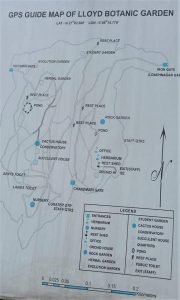
It’s now being looked after by Silviculture Hills Division of West Bengal Forest Directorate. I happened to be the DFO here from 1997 to 2000 and thereafter visited it after 14 years in 2014 as Chief Conservator of Forests, Hills. My last visit was in October 2019.
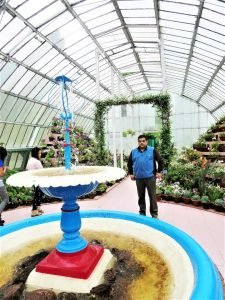
The concept and conservation efforts are being carried on well despite numerous constraints. The old herbarium has been digitized and digitization of library is underway. The specimen herbaria sheets of 175 families covering 3677 species are well kept and preserved.
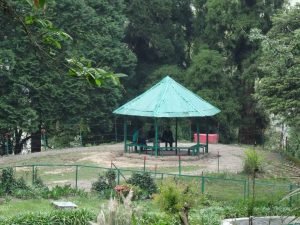
The notable attractions were the Herbarium, library, orchidarium, bonsai and rare plants, Cacti, Succulents, student section containing 76 Himalayan plant species, seasonal flowers, Herbal Garden, Plant Evolution Garden, and a Rock Garden. Now gradually the entire landscape is being spruced up and nicely presents the Eastern Himalayas Flora along with some exotics successfully established here.
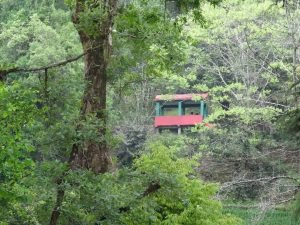
History:
Lloyd’s Botanical Garden was instituted in 1878 on 40 acres of land which was procured at Darjeeling to form a botanic garden as a hill extension of the famous Royal Botanical Garden at Shibpur in Kolkata. The land was presented by William Lloyd, in whose name the botanical garden has been named. In the year 1963 this was taken over by Botanical Survey of India. The Llyod Garden was under Agriculture department initially after Independence and subsequently transferred to the state forest department. Since 1994 it has been looked after by Silviculture Hills Division of the Forest Department, West Bengal.
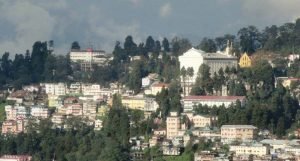
Location:
The Garden is located just below the Eden Sanatorium in an open slope covering an area of 40 acres bound by Cart Road and Victoria Road on the North, by Jail Road and Hari Ghose Road on the south, by Eden sanatorium on the east and Victoria Road on the west. This Garden is one of the main attractions to visitors to Darjeeling with a treasury of many rare and beautiful plants as well as patches of typical forest of tall Cryptomeria, Bucklandia and Alnus with thick mass of Lianas and shrubby undergrowth.
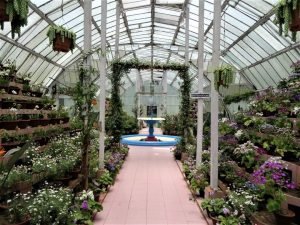
It is one of the most preferred spots of recreation with vistas across some of the loveliest slopes, a paradise to the students and research workers in Botany and an eminent institution distributing the plants and seeds and specimens of temperate and sub-temperate Himalayas to different parts of the world.
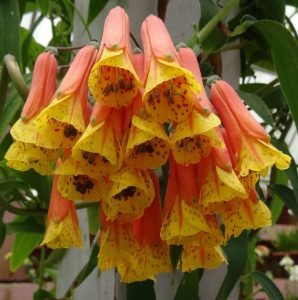
Garden’s Layout:
The garden consists of three broad subdivisions.
- Upper Section: This consists of indigenous rare broad leaved major species of Eastern Himalayas.
- Middle Section: Here all the eastern Himalayas Coniferous species are placed.
- Lower Section: This includes the exotic species brought from other countries and acclimatized and established here.
Overall, the garden beautifully represents a vivid variety of eastern Himalayan flora, there are about 117 species of trees, 195 species of shrubs, 60 species of herbs, about 50 species of orchids, 40 species of cacti and a vivid collection of hill flowers representing many countries of the world.
Orchid House:
It is a spacious glass house in the upper section near the office complex and houses nicely arranged hill indigenous terrestrial and epiphytes species. There are about 50 species found in Eastern Himalayas nicely labelled and explained.
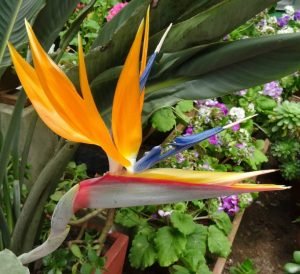
Herbarium:
It is also beside the office complex in the upper section. The herbarium has been arranged as per Bentham and Hooker classification system. For the maintenance and upkeep of records and specimen guidance from Botanical Survey of India is taken. The herbarium contains about 175 dried specimens of Eastern Himalayas flora each mounted on individual sheets and includes seed specimens of the hill species which have been added to it.
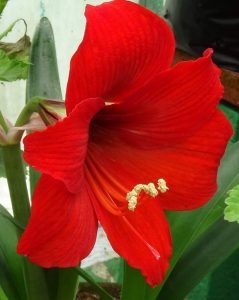
Conservatory:
The Garden’s Conservatory is an arched glass structure supported by iron frames and lies to the north of Anderson Avenue of the Garden. It houses beautiful flowers arranged on stands at four levels, amidst ornamental ferns like Asplenium and Adiantum and is perhaps the most pleasant spot in the Garden. An added attraction at the Conservatory is the flower known popularly as the Bird of Paradise (Strelitzia reginae). This is a semi hardy perennial with a resplendent orange flower resembling the head of the exotic bird after which it is named.
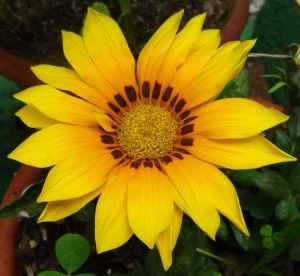
Other Notable Garden Features:
The Rock Garden:
Sir John Anderson Rock Garden contains many alpine and sub alpine plants growing in conditions akin to those in their natural habitats. A unique combination of the Rhododendrons, Lilies, Azaleas and Prairies grows here in combination with herbaceous associates like Primula, Puya, Fragaria, Saxifraga, Meconopsis, Prunus species etc. Rhododendrons in dense clusters ascend the slopes on right side of the Rock Garden.
Cactus House:
On the left of the Conservatory is a small Cactus House harbouring about beautiful 40 species of cacti. It also contains separately several other succulents like hanging Zygo, stag horn ferns and bonsai collection of pine, acer, and rhododendrons.
Living Fossil Plants:
The Dawn Redwood (Metasequoia glyptostroboides) known from fossil records of Pliocene deposits and a species of immense botanical and geological interest finds a space here. It was acquired from China in 1944. Since the basal trunk of it resembles the ‘Phantom cave’ of the comic books, this has also led to its being popularly called as Phantom tree.
The Maiden hair tree (Ginkgo biloba) is widely cultivated in China and Japan for its seeds is also found here. The tree is the only surviving member of the family Ginkgoales. A. C. Seward (1938) called it an ‘emblem of changelessness’. A heritage to the world of an age too remote.
The Medicinal Plant Garden:
Forests in the Himalayas abound in medicinal value plants. Around 52 species have been planted in a small plot below the Conservatory. A booklet too has been published about the details of these species.
Other Prominent Exhibits:
Near the conservatory the visitor’s attention is caught by the laterally outspread trunk of an old climber supported on pillars. The climber is Wisteria sinensis. The specimen also known as Chinese Wisteria was brought to the Garden in 1878 from Canton, China and is the oldest and most majestic exhibit here.
On the northern sector of the Garden more attractive specimen include Tulip Tree, Exotic Oaks, eye catching collection of Camellia spp. Most fascinating is the Tree Fern Cyathea spinulosa. A luxuriant grove of Japanese bamboo is seen on the western end of the Garden.
Scientific and recreational Facilities:
The library at Lloyd Botanical Garden is well stocked with a collection of over 100 books and journals covering various life sciences.
For the visitors there is a peaceful picnic spot located in an avenue towards Victoria Gate, where a pond with a fountain and dancing water lilies. The pavilion above the fountain provides a resting place for the visitors from where the beauty and tranquility of the garden can be viewed.
For over 145 years, Lloyd Botanical Garden has appealed to its visitors because of its unique combination of aesthetic and recreational value with scientific and conservation values. The garden has long been a heritage spot and study center for botany students and researchers from all over the world.
Apart from human visitors the Garden is frequented by over 100 species of birds and 50 species of butterflies, damsel and dragon flies etc. adding beauty to the spectrum of vibrant colours that pervades the Garden.

Advertisement:





















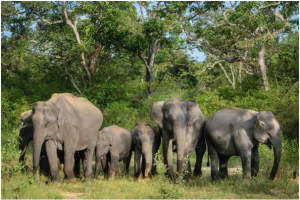
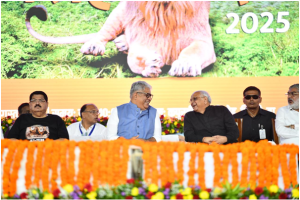







Add Comment